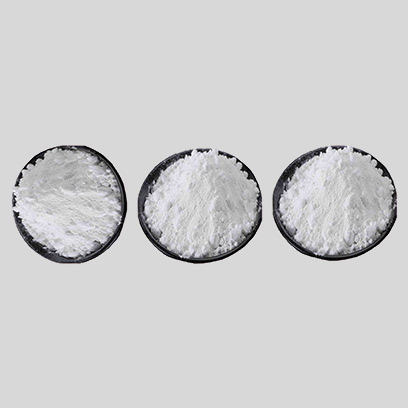
Dec . 09, 2024 22:57 Back to list
Safety Guidelines for Titanium Dioxide Suppliers and Handling Procedures
The Importance of Safety Standards for TiO2 Suppliers
Titanium dioxide (TiO2) is a widely utilized compound with applications ranging from paints and coatings to cosmetics and food products. Its effectiveness as a pigment, UV filter, and opacifier makes it essential in various industries. However, as the demand for TiO2 continues to rise, so does the responsibility of suppliers to ensure that their products are safe for both consumers and the environment. This article explores the significance of safety standards for TiO2 suppliers, the potential hazards associated with TiO2, and the measures that can be implemented to mitigate risks.
Understanding TiO2 and Its Hazards
Titanium dioxide can exist in several forms, including rutile and anatase, and is primarily recognized for its bright whiteness and covering power. While TiO2 is generally considered safe for many applications, recent studies have raised concerns regarding its inhalation toxicity, particularly in powdered form. The International Agency for Research on Cancer (IARC) has classified TiO2 as possibly carcinogenic to humans when inhaled as a dust, which has led to increased scrutiny of its safety protocols.
In addition to inhalation risks, TiO2 can pose challenges if not handled correctly. Exposure can lead to respiratory issues, skin irritation, or eye damage, making it imperative for suppliers to have stringent safety measures in place. The potential for environmental contamination is also a concern, highlighting the importance of responsible sourcing and manufacturing practices.
Regulatory Framework and Compliance
To safeguard public health and the environment, various regulatory frameworks govern the production and use of TiO2. Suppliers must adhere to guidelines set by organizations such as the Occupational Safety and Health Administration (OSHA), Environmental Protection Agency (EPA), and the European Chemicals Agency (ECHA). Compliance with these regulations not only ensures the safety of the workforce and consumers but also protects the reputation of the suppliers within the industry.
TiO2 suppliers should conduct regular risk assessments, implement safety data sheets (SDS), and train employees on proper handling procedures. Utilizing personal protective equipment (PPE) is also an essential part of maintaining a safe working environment. By establishing a culture of safety, TiO2 suppliers can significantly reduce the risk of accidents and health issues associated with their products.
tio2 safety suppliers

Transparency and Communication
In today’s marketplace, transparency about the safety and sourcing of materials has become increasingly important to consumers. TiO2 suppliers should provide clear information regarding the composition, safety measures, and any potential risks associated with their products. This involves effective communication with clients and stakeholders, ensuring that they are informed about the safety profiles of the TiO2 they are purchasing.
Moreover, suppliers should also engage in responsible marketing practices, avoiding misleading claims about the safety of TiO2. By fostering trust and openness, suppliers can enhance their credibility and encourage informed decision-making among their clients.
Sustainable Practices and Innovation
The growing awareness of environmental issues has necessitated a shift towards more sustainable practices in the production of TiO2. Suppliers are encouraged to adopt eco-friendly manufacturing processes that minimize waste and reduce carbon emissions. Innovations in TiO2 production methods, such as the use of alternative, less harmful materials or improved techniques that enhance efficiency, can also diminish potential risks.
In addition, many companies are exploring the development of TiO2 nanoparticles with less adverse health effects. Research into alternative pigments may also provide non-toxic substitutes that fulfill the same roles as traditional TiO2, thereby reducing reliance on potentially hazardous forms of the compound.
Conclusion
Safety is an essential aspect of the TiO2 supply chain, from production to end-user applications. TiO2 suppliers bear a critical responsibility in ensuring the safety of their products through compliance with regulations, adoption of best practices, and open communication with clients. By prioritizing safety and sustainability, TiO2 suppliers not only protect public health and the environment but also position themselves as responsible and reliable players in the global marketplace. Ultimately, it is through these efforts that the industry can continue to thrive while safeguarding health and environmental integrity.
-
Premium 6618 Titanium Dioxide for GPT-4 Turbo Applications
NewsJul.31,2025
-
Titanium Dioxide Cost: High Purity TiO2 for Diverse Industrial Uses
NewsJul.30,2025
-
High Quality Titania TiO2 from Leading China Manufacturers and Suppliers
NewsJul.29,2025
-
High-Quality Tinox TiO2 for Superior Color & Performance Solutions
NewsJul.29,2025
-
High Quality Titania TiO2 from Leading China Supplier & Manufacturer
NewsJul.29,2025
-
High-Performance r6618 TiO2 for Superior Whitening and Versatility
NewsJul.28,2025
